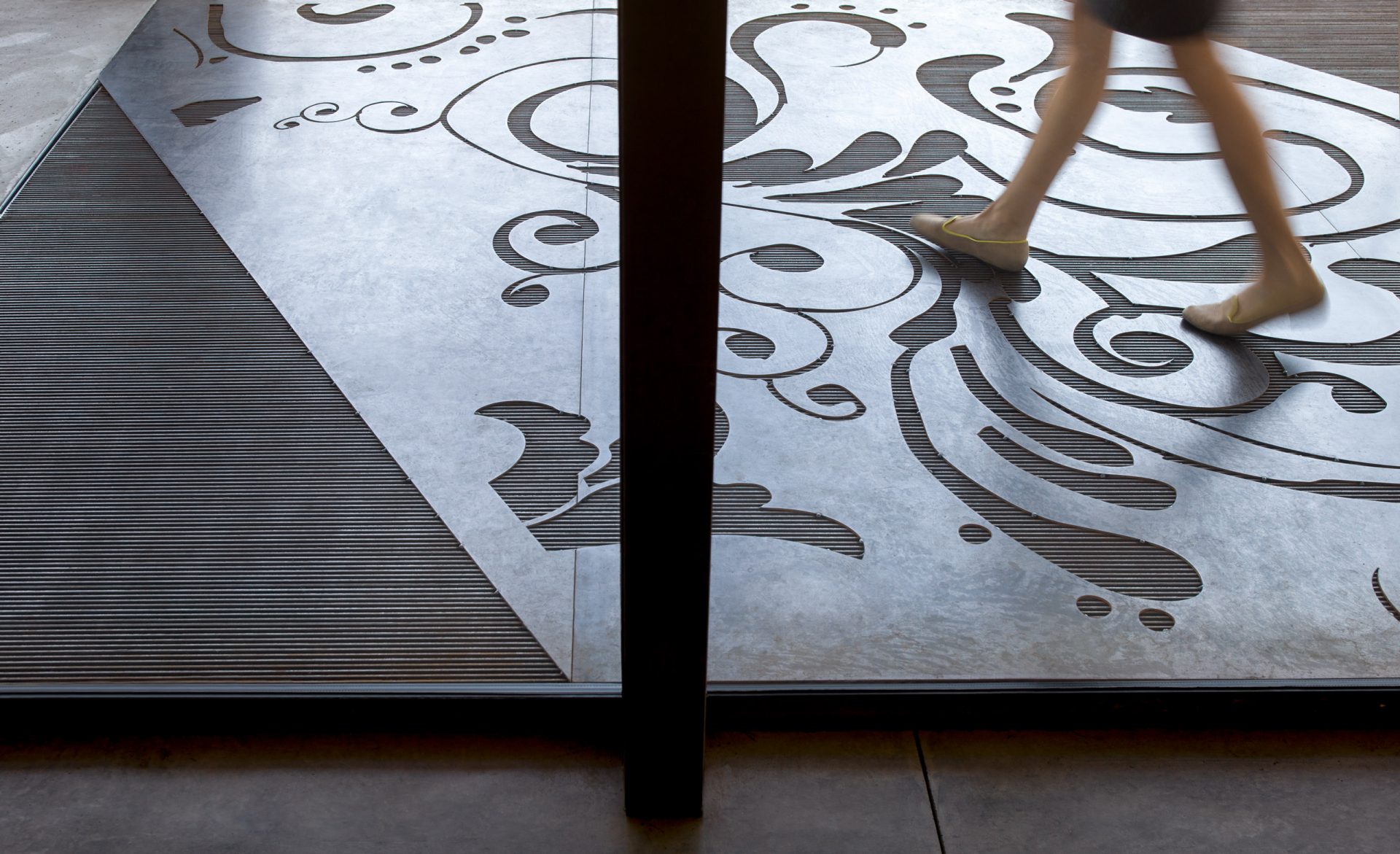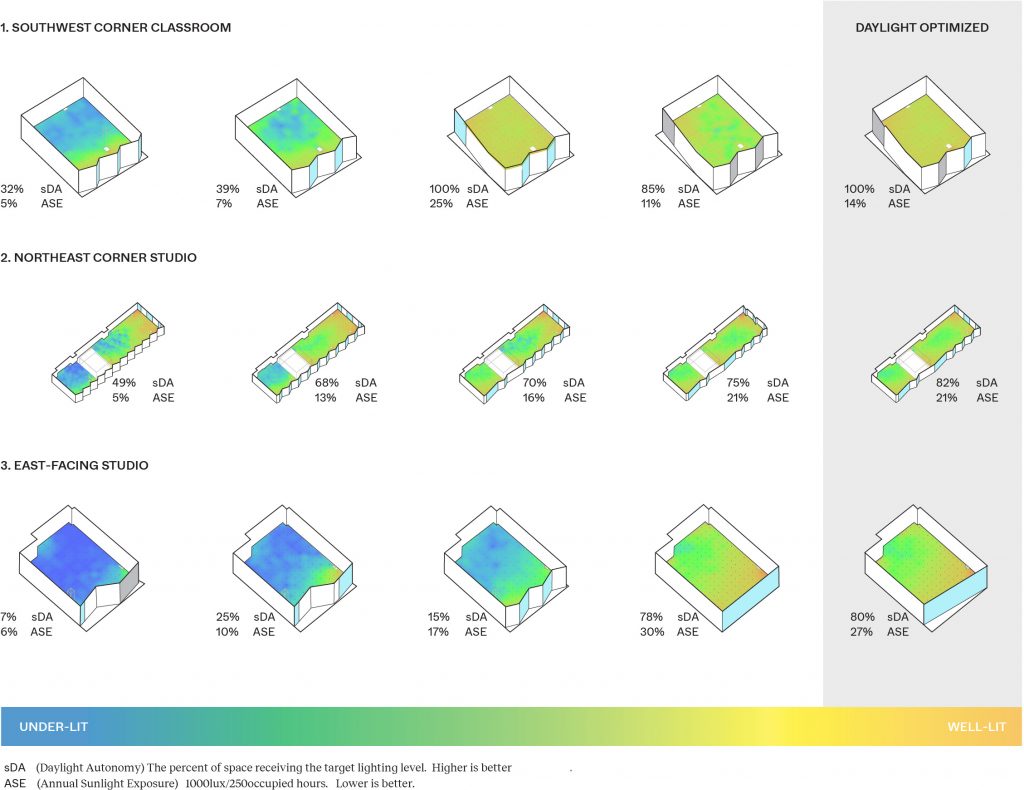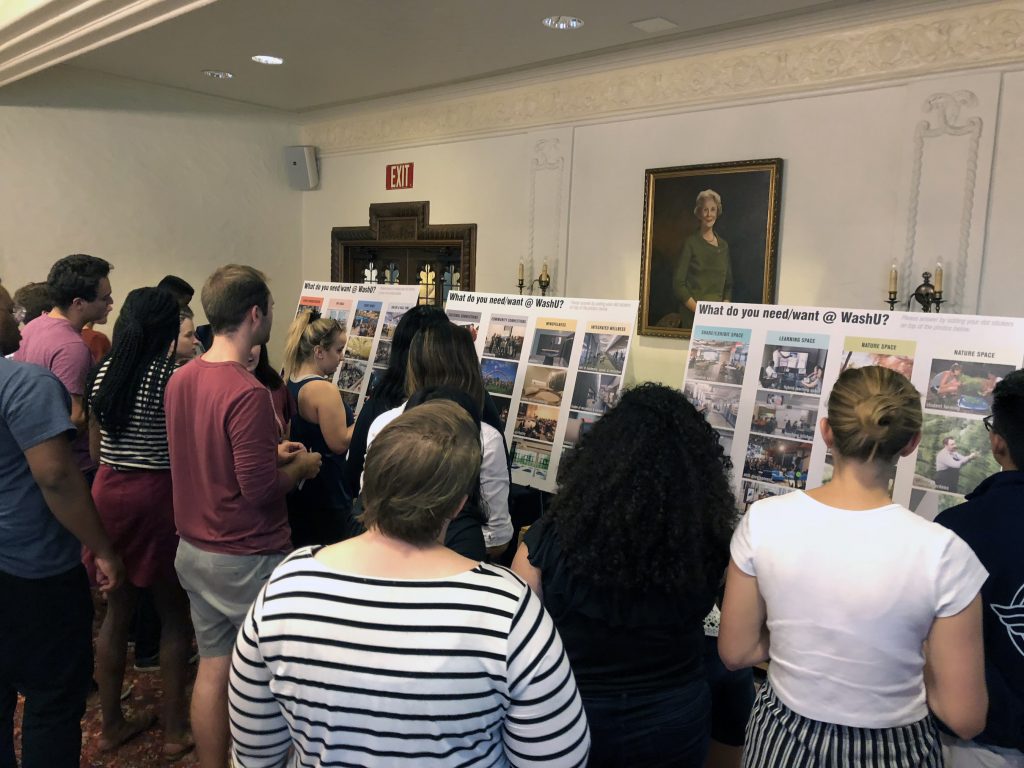Michael Fox acknowledged that the museum could only succeed by driving start-up and operation costs as low as possible. A city consultant had estimated the museum would require $55 million at the time, yet the city had only $13.5 million for the building shell. The museum nonprofit would have to raise funds for fitting out the interior and its ongoing operations. The nascent institution had no initial benefactors or collections, and the city approved exploratory efforts two months before the beginning of the Great Recession. For six years, Fox spoke quietly with collectors and institutions about the vision of the museum. The three evaluated 20 city-owned sites for the museum, and they developed a museum program and design concept for the final four, each tailored to the site. After the preferred site was proposed to city council, the City of Scottsdale approved the museum’s nonprofit to proceed, and Studio Ma was selected to design the buildings and grounds. The team had less than two years to complete design and construction of the museum, as Fox and his staff confirmed its program and secured collection loans for the opening exhibitions.
Moss, Alt and Fox Give Building Museums Conference Opening Keynote
2021 Building Museums Conference
Christiana Moss, Chris Alt and Michael Fox, the CEO and Director of Scottsdale’s Museum of the West discussed the challenges of opening a national museum for American Western art and culture with one-third the customary construction budget as the opening keynote to the 2021 Building Museums Conference.
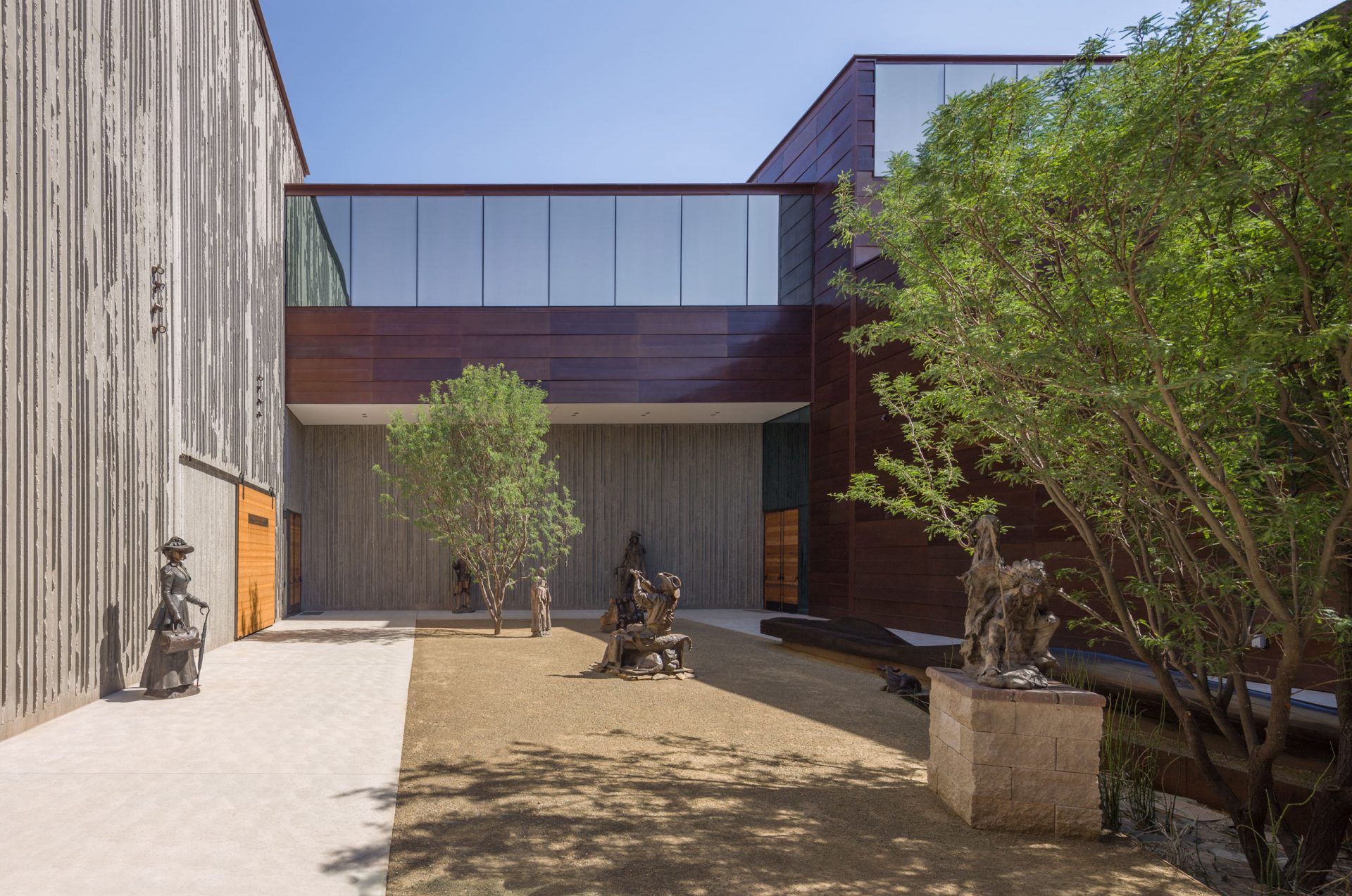
The museum was the culmination of a 30-year process for the City of Scottsdale, Arizona to build a museum to establish its pre-eminence in Western art and culture. It represents the arts and culture of both Native Americans and those who immigrated to the West from areas of the United States and from other nations. The mission of Scottsdale’s Museum of the West is to immerse visitors in the past to show a vision of the future. Fox and Studio Ma were the fourth team to work with Scottsdale to realize its vision. They faced the problems of energy efficiency in a desert climate, space utilization, no initial operational funding, and no collections along with the demands of meeting Scottsdale’s tight budget and schedule. The team discussed the problem-solving and eventual solutions that led to an award-winning building and the youngest institution ever to achieve Smithsonian affiliate status.
“ Think about future expansion. Think about the future people who will use the museum and opportunities they will be presented, as well as generational changes that will take place. Don’t be locked in, landwise or otherwise.”
Mike Fox
CEO and Director, Scottsdale’s Museum of the West
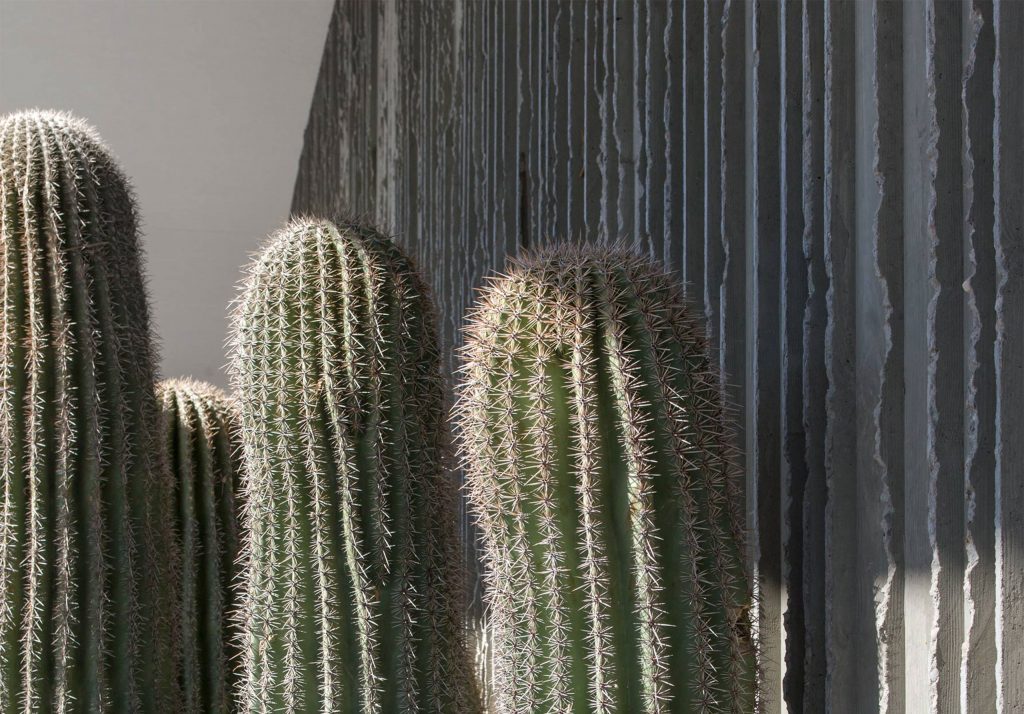
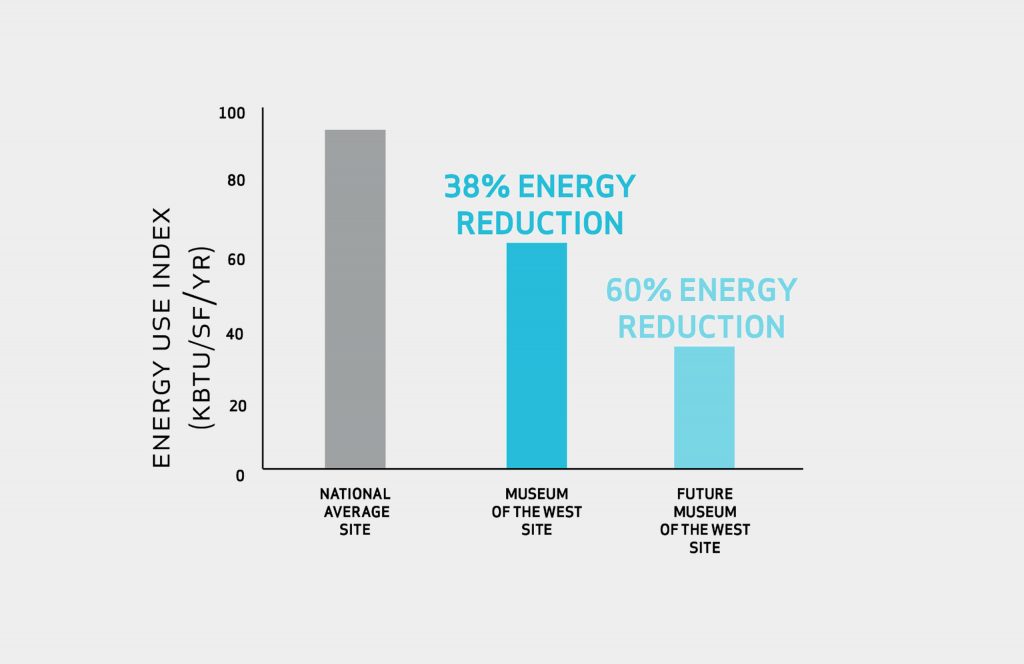
Architectural influences came from desert-adapted architecture like Ancestral Puebloan Mesa Verde in the Four Corners region and native plants like the saguaro cactus, which self-shades itself to reduce dehydration. Western leatherwork and other engraved objects inspired surface finishes. The precedents of Mesa Verde and saguaro provided passive design principles, particularly for self-shading the building from sun and heat gain through an overhanging second floor and metal scrims, as well as ribbing made in the building’s walls as its concrete was into formwork. As a result, Scottsdale’s Museum of the West energy costs are 38% lower than peer facilities, despite its desert location. Energy costs for the museum’s future phase are projected to be 60% below peer institutions. The museum recycles water used for its humidification systems, and any excess condensate is diverted to a weeping wall in the building’s courtyard, then to a runnel that connects to a bioswale near the south wall. When Scottsdale experiences its brief monsoon season, the bioswale can handle up to 42 gallons per hour of runoff from the museum’s roof. With these measures, the museum operates with only 45% of the water used by peer facilities. These leading-edge sustainability features earned the project recognition as one of only 18 projects in Contemporary Museum Architecture and Design, a book highlighting iconic museum architecture published in 2020.
Alt attributes the success of the museum’s architecture to the design/build process, where Studio Ma and the contractor had to work in unison to construct the 43,000 square foot building to the stated budget and schedule. The principle of target value design drove all decisions. The only construction method that could be achieved on such a limited budget was tilt-up construction, which is used for big box retail. The Studio Ma team ultimately found this to be a liberating option, because tilt-up construction is also used to build film soundstages. They thought of the museum like a black box theater whose interior can be reconfigured for different uses. During the design and construction period, Fox and his team raised an additional $4.5 million to fund the interior fitout and pay for the first months of operation. Studio Ma and the museum staff decided that partitions within the museum’s seven galleries would be on wheels, so that they could be repositioned easily. The museum’s auditorium was fitted with retractable theater seating, which allows it to be used for banquets. The auditorium adjoins the museum’s courtyard, further expanding event space.
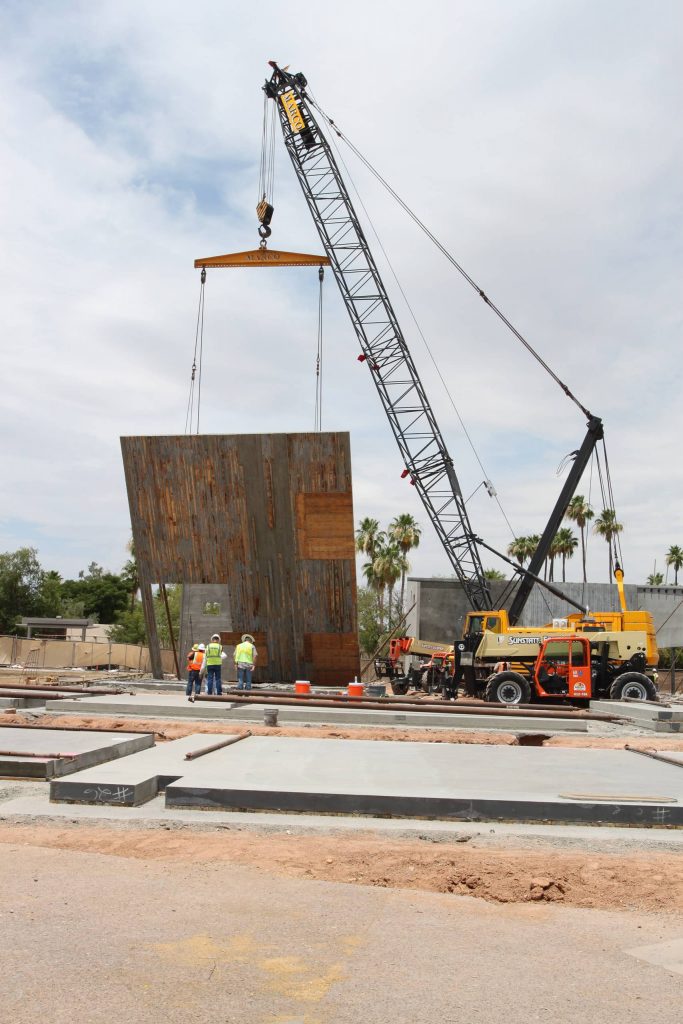
Once in operation, Scottsdale’s Museum of the West was the youngest institution ever to achieve Smithsonian affiliate status. The certification came just six months after opening. This expanded the museum’s ability to mount national exhibitions, and it facilitated the donation of collections. Fox credits Studio Ma’s perseverance and ingenuity for the building’s success. The museum falls low in construction and operational costs, yet its architecture belies this. In concluding, Fox said to think beyond the initial building when constructing a museum. Think about future expansion. Think about the future people who will use the museum and opportunities they will be presented, as well as generational changes that will take place. Don’t be locked in, landwise or otherwise.
